Over the last few weeks, I have written extensively about how I was able to turn a badly eroding, clay hillside into a lush, water-wise garden using basic xeriscaping techniques and common herbs. In this article, I’ll show you 50+ herbs that will not only survive, but thrive with very little water.
Continue reading-
Recent Posts
- 50+ Water-Wise Herbs for Your Landscape
- Water-Wise Landscaping With Herbs
- Gardening With Less Water
- RoundUp Still Wreaking Havoc
- Recycled Bucket Garden & Greenhouse Part Three
- Jill Henderson | Gardener, Forager, Seed Saver, Artist | Dateline: News & Conversation
- Recycled Bucket Garden & Greenhouse Part Two
- Recycled Bucket Garden & Greenhouse Part One
- Up Close & Personal
- Old Hills & The Roads Less Travelled
- The Queen of Urban Ag: Karen Washington
- Two New Pet Portraits
- Grassfed Bison Returns to South Dakota
- Pet Portrait Sneak Peek
- The Herbal Insectary (Part Three)
- The Herbal Insectary (Part Two)
- The Herbal Insectary
- Persimmon Pickin’ Time Part 2
- Persimmon Pickin’ Time Part I
- Drying Herbs Fast, Easy and Free!
- Winter is Perfect Time to Save Seed
- The Impossible GMO Bacteria Burger and Climate Change…
- Super Easy Refrigerator Jalapeno Slices
- Farming in a Changing Climate
- Richie Allen Show Interview on 5G
- Proof that Cell Phone Radiation is Known to be Dangerous to Human Health
- Nature to Nurture: Wolf Spiders
- Interview: The Danger of 5G
- Tea Time: A Modern Herbal Brunch (with recipes!)
- End of Summer Sale!
The Show Me Oz Community
Post Categories
- Feature Articles (386)
- Guest Posts (23)
- Natural Health (72)
- Nature Notes (88)
- News from Turtle Ridge (37)
- Organic Gardening (207)
- Real Food (77)
- Seed Saving (64)
- Sustainable Solutions (57)
- The Ozarks (107)
- Wild Foraging (39)
- Jill's Art (8)
- Feature Articles (386)
Seed Saving Made Easy!

Let’s Walk on the Wild Side!

Make the Most of Your Herb Garden


Top Posts
- Demystifying Tomato Sizes
- Indian Bent Trees: History or Legend
- Pink Ladybugs in the Garden
- Sweet Nesting Solution for Flycatchers
- Seed Saving Time: The Float Test
- Wild Walk: Heal-All (Prunella vulgaris)
- Sensational Sedum: Autumn Joy
- Black Cumin: The Blessed Seed
- A Walk on the Wild Side: Pokeweed
- Wild Walk: Coral Mushrooms









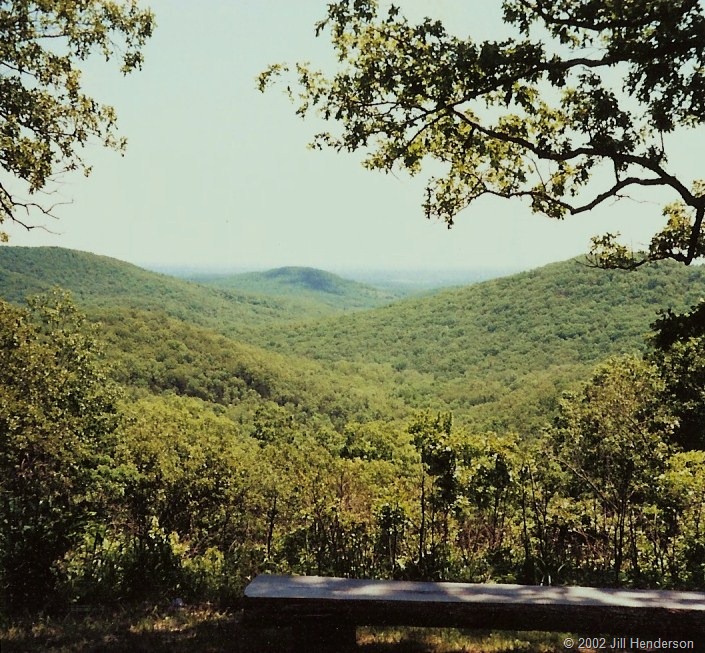 It’s been quite a while since I wrote something new for Show Me Oz and I’d like to say ‘thank you’ to everyone who has visited and signed up to follow my blog over the last few years even though I have not posted as much as I would have liked. Back in 2019, I was writing full time for Acres USA magazine and contributing to Llewellyn’s Herbal Almanac when we decided to make a move to the Black Hills of South Dakota, partly to escape the excessive labor of the farm and partly to be closer to my husband’s side of the family.
It’s been quite a while since I wrote something new for Show Me Oz and I’d like to say ‘thank you’ to everyone who has visited and signed up to follow my blog over the last few years even though I have not posted as much as I would have liked. Back in 2019, I was writing full time for Acres USA magazine and contributing to Llewellyn’s Herbal Almanac when we decided to make a move to the Black Hills of South Dakota, partly to escape the excessive labor of the farm and partly to be closer to my husband’s side of the family. 




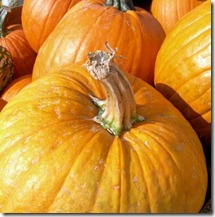

 If you’ve been following my blog for any length of time you already know that I am passionate about organic and sustainable agriculture. When I’m not blogging, I write articles for Acres USA, a fantastic magazine for ecological, sustainable, and organic farmers. This article, How Farmers Can Fight Climate Change, is not only interesting, but filled with valuable information for anyone who grows food in this unpredictable new world.
If you’ve been following my blog for any length of time you already know that I am passionate about organic and sustainable agriculture. When I’m not blogging, I write articles for Acres USA, a fantastic magazine for ecological, sustainable, and organic farmers. This article, How Farmers Can Fight Climate Change, is not only interesting, but filled with valuable information for anyone who grows food in this unpredictable new world. You may have heard one of my recent interviews on the dangers of electromagnetic frequencies, particularly those of the new 5G cellular network. There is a growing body of evidence that proves that the radio frequencies that have been used for 4G and LTE networks, and particularly the new spectrum of pulsed-frequency millimeter waves, can and do produce devastating effects on the body. Today, I want to share with you just one document that specifically addresses those concerns. The Naval Medical Research Institute published this research paper way back in 1971. It is a “Bibliography of reported biological phenomena (‘effects’) and clinical manifestations attributed to microwave and radio-frequency radiation”. It includes 5 pages of physical effects to the human body that will shock even the most robust EMF denier. The title says it all. You can read more about the dangers of EMFs from our own government’s researchers and download the original document as a PDF from my article,
You may have heard one of my recent interviews on the dangers of electromagnetic frequencies, particularly those of the new 5G cellular network. There is a growing body of evidence that proves that the radio frequencies that have been used for 4G and LTE networks, and particularly the new spectrum of pulsed-frequency millimeter waves, can and do produce devastating effects on the body. Today, I want to share with you just one document that specifically addresses those concerns. The Naval Medical Research Institute published this research paper way back in 1971. It is a “Bibliography of reported biological phenomena (‘effects’) and clinical manifestations attributed to microwave and radio-frequency radiation”. It includes 5 pages of physical effects to the human body that will shock even the most robust EMF denier. The title says it all. You can read more about the dangers of EMFs from our own government’s researchers and download the original document as a PDF from my article, 


 Jill Henderson
Jill Henderson
 Jill Henderson
Jill Henderson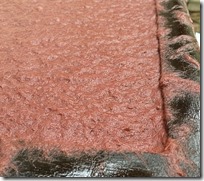 ill Henderson
ill Henderson
 Jill Henderson
Jill Henderson
 Jill Henderson
Jill Henderson
 Jill Henderson
Jill Henderson Jill Henderson
Jill Henderson An important documentary for anyone who cares about the sanctity of one-person-one-vote and Big Money corporate rigging of US elections that thwart the voice of the people. I witnessed much of this while in my one-time home state of Montana – and it’s going on in every state in America. Check out this
An important documentary for anyone who cares about the sanctity of one-person-one-vote and Big Money corporate rigging of US elections that thwart the voice of the people. I witnessed much of this while in my one-time home state of Montana – and it’s going on in every state in America. Check out this  It’s surprising how many people completely reject the idea that they might have intestinal parasites when the truth of the matter is that hundreds of millions of people in America alone have some form of parasite living inside their bodies. In last week’s post, I talked about what parasites are and how they can affect human health. I also posted a very short list of ingredients and a super easy recipe for black walnut hull tincture, which together, make up one of the most effective, simple, natural, and inexpensive parasite cleanses you can do at home. And this week, I’m giving you the entire protocol schedule so you can make the most of this wonderful parasite cleanse.
It’s surprising how many people completely reject the idea that they might have intestinal parasites when the truth of the matter is that hundreds of millions of people in America alone have some form of parasite living inside their bodies. In last week’s post, I talked about what parasites are and how they can affect human health. I also posted a very short list of ingredients and a super easy recipe for black walnut hull tincture, which together, make up one of the most effective, simple, natural, and inexpensive parasite cleanses you can do at home. And this week, I’m giving you the entire protocol schedule so you can make the most of this wonderful parasite cleanse. 

 Jill Henderson
Jill Henderson
 Jill Henderson
Jill Henderson
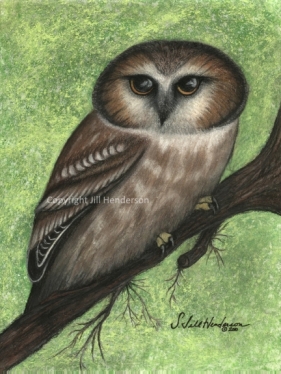

 by Jill Henderson
by Jill Henderson
![2012 8-29 Seedlings (4)_thumb[7] 2012 8-29 Seedlings (4)_thumb[7]](https://showmeoz.files.wordpress.com/2013/02/2012-8-29-seedlings-4_thumb7_thumb.jpg)

 By
By 
 Jill Henderson ~
Jill Henderson ~  Jill Henderson
Jill Henderson Jill Henderson
Jill Henderson Jill Henderson
Jill Henderson

 Jill Henderson
Jill Henderson




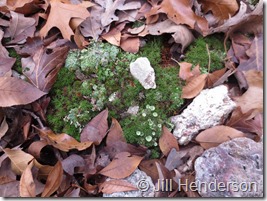 Jill Henderson
Jill Henderson
 Jill Henderson
Jill Henderson Jill Henderson
Jill Henderson Jill Henderson
Jill Henderson Jill Henderson
Jill Henderson
 Jill Henderson
Jill Henderson

 Jill Henderson
Jill Henderson
 Jill Henderson
Jill Henderson![Squash Bug image by Katja Schulz from Washington, D. C., USA (Squash Bug) [CC BY 2.0 (http://creativecommons.org/licenses/by/2.0)], via Wikimedia Commons Squash Bug image by Katja Schulz from Washington, D. C., USA (Squash Bug) [CC BY 2.0 (http://creativecommons.org/licenses/by/2.0)], via Wikimedia Commons](https://showmeoz.files.wordpress.com/2016/07/squash_bug_16258968558.jpg) Jill Henderson
Jill Henderson Jill Henderson
Jill Henderson Jill Henderson
Jill Henderson![By Orrling and Tomer S (Own work) [CC-BY-SA-3.0 (http://creativecommons.org/licenses/by-sa/3.0) or GFDL (http://www.gnu.org/copyleft/fdl.html)], via Wikimedia Commons](https://showmeoz.files.wordpress.com/2014/07/itch_02.jpg?w=300) by
by  Jill Henderson
Jill Henderson


![By Peter Wilton (Eastern Phoebe Uploaded by Magnus Manske) [CC BY 2.0 (http://creativecommons.org/licenses/by/2.0)], via Wikimedia Commons By Peter Wilton (Eastern Phoebe Uploaded by Magnus Manske) [CC BY 2.0 (http://creativecommons.org/licenses/by/2.0)], via Wikimedia Commons](https://showmeoz.files.wordpress.com/2016/04/1024px-eastern_phoebe_723550131216.jpg) Show Me Oz
Show Me Oz
 Show Me Oz
Show Me Oz
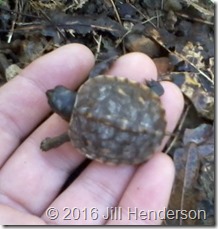 Show Me Oz
Show Me Oz Show Me Oz
Show Me Oz
![AndreHolz at English Wikipedia [CC BY-SA 3.0 (http://creativecommons.org/licenses/by-sa/3.0)], via Wikimedia Commons AndreHolz at English Wikipedia [CC BY-SA 3.0 (http://creativecommons.org/licenses/by-sa/3.0)], via Wikimedia Commons](https://showmeoz.files.wordpress.com/2016/01/nigella-sativa-image-via-wikimedia-commons.jpg) Show Me Oz
Show Me Oz Jill Henderson –
Jill Henderson – 






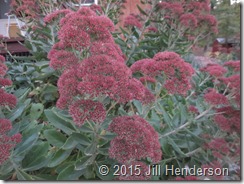
![By Joshua Mayer (Flickr: Flying Squirrel on Roof) [CC BY-SA 2.0 (http://creativecommons.org/licenses/by-sa/2.0)], via Wikimedia Commons By Joshua Mayer (Flickr: Flying Squirrel on Roof) [CC BY-SA 2.0 (http://creativecommons.org/licenses/by-sa/2.0)], via Wikimedia Commons](https://showmeoz.files.wordpress.com/2015/09/southern-flying-squirrel-_thumb.jpg)





